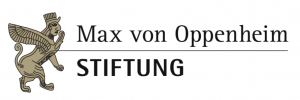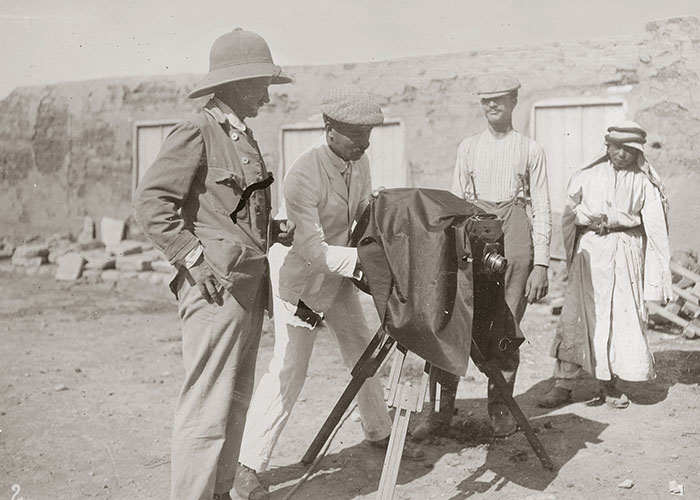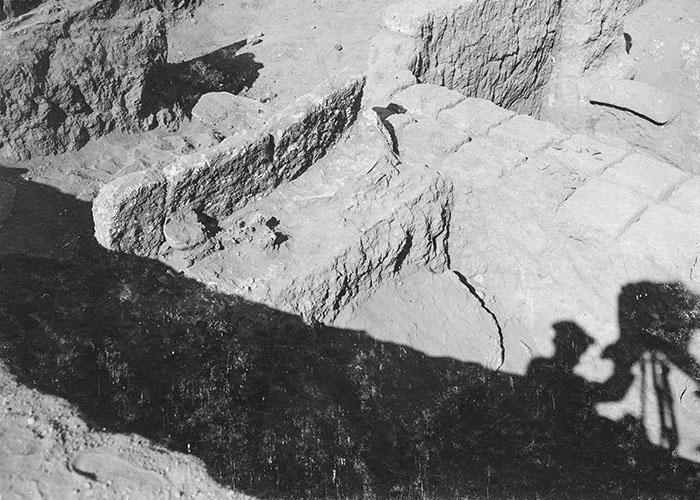
The Photographic Collection
Max von Oppenheim’s collection of early 20th century photographs is among the most important of its kind in the world. The quality and scope reflect the importance he attached to photographic documentation of his travels, excavations, and interest in the Bedouin.
Photo: Albums of photographs from Max von Oppenheim’s collection


